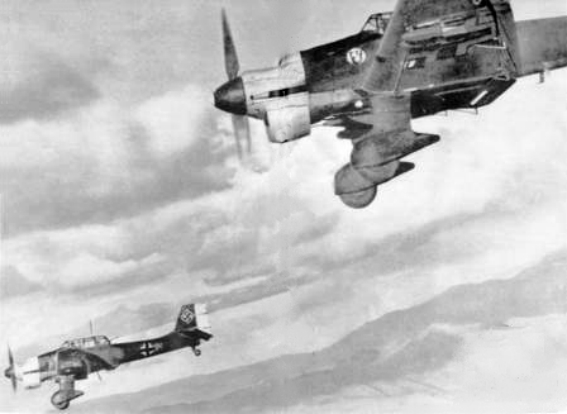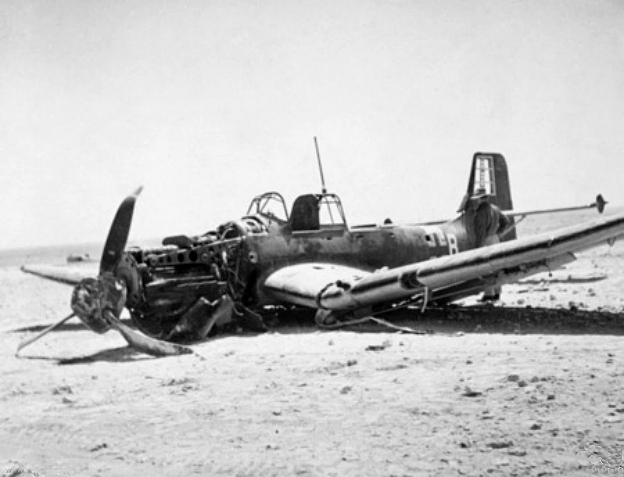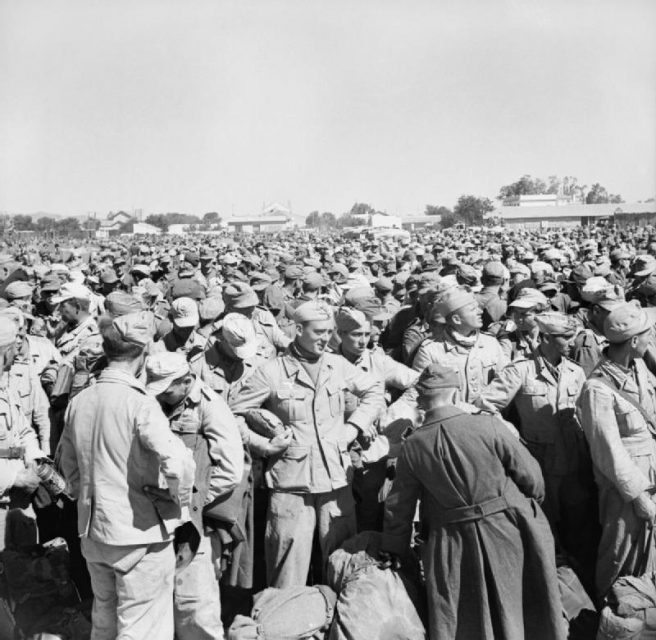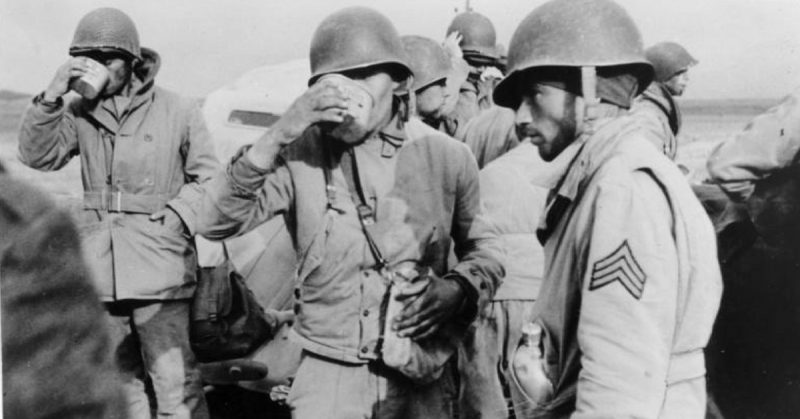Trudging through the desert, bombed and strafed by enemy planes, bombarded by tanks and artillery – they were the harrowing conditions of WWII for American infantrymen in North Africa. Their part in the campaign was not as idolized as the pilots or as celebrated as the tankers. They were, however, vital to winning the war, as they showed at Sened Station.
The 168th Infantry
On January 31, 1943, American troops set out along the road east from Gafsa in southern Tunisia. Their target was the German-held town of Maknassy. On the way, they would have to take another settlement – Sened Station.
The bulk of the American forces consisted of two battalions of the 168th Infantry Regiment. The Iowan National Guardsmen had briefly experienced battle against the Vichy French when they had landed in Algiers the previous November. Since then, they had been behind the lines. It would be their first fight against Axis troops.
Command of the troops had just been given to Colonel Thomas Drake, a veteran of WWI.
Death from Above
Accompanied by tanks and artillery, the 168th headed east. They and their supplies were being transported in trucks.
Their first contact with the enemy came miles out from Sened Station. 23 Messerschmitt 109s and Stuka dive-bombers attacked the column, hitting them with anti-personnel bombs and incendiary shells.
After taking cover, the infantry then formed two columns and advanced along the valley toward Sened Station. Along the way, they were attacked by enemy aircraft and shelled by an 88mm gun from German positions.
Around dusk, they approached their target and dug in for the night.

Into the Enemy’s Back Yard
Under cover of darkness, a captain from the 1st Armored Division led the 2nd Battalion of the 168th Infantry toward Sened Station. They got lost in the night and ended up behind enemy lines. When morning came, the Germans saw an American unit camped in their midst. They opened fire while the Americans dug in.
Waiting and Preparing
Drake had planned to attack at 7:30 am. With one battalion missing he had to revise his plans. The attack was postponed two hours to give him planning time. Meanwhile, reinforcements arrived at the German positions.
Drake’s troops would have to attack a larger than anticipated enemy with fewer men. It was not an auspicious start.
“The Only Time I Got Mad”
The time came for the advance. Armored recon vehicles went first, followed by infantry, artillery, and tanks.
Soon they were under heavy fire. Mortars and artillery bombarded the infantry. Stukas and 88mm guns focused on the tanks, forcing them to pull back.
The inexperienced infantry hit the ground, seeking cover. Uninitiated NCOs got the soldiers moving again, pushing them on toward Sened Station.
It was a terrifying time for the American troops, but fear did not make them cower from their enemy. Instead, it made them angry. As Sergeant Elmer Popejoy said: “That’s the only time in the war I got mad.” They opened fire on the enemy planes. As three planes fell, the infantry shot at the men parachuting down. Usually, pilots were allowed to live and then captured on landing, but the experience of death and danger had made the Iowans merciless.

Stalled
Despite the bombardment, the men continued to advance. Then a formation of enemy tanks emerged, rolling toward the infantry with machine-guns blazing.
The Americans scrambled for cover in a nearby olive grove. Despite the setback, morale remained high. They were determined to press on.
Regaining Momentum
Drake had prepared a renewed attack. Led by Lieutenant Colonel John C. Petty, the 1st Battalion again went on the offensive. The enemy machine-guns kept up their deadly fire. Petty caught a fatal wound to the stomach. His second in command was hit in the head. The advancing forces were left leaderless.
Drake raced to the front line and began firing at an enemy tank. It looked futile – an M-1 rifle against the armor of a German battle tank. However, when his men joined in, and the tank turned away.
Flanking
Something more than a straight advance was needed. Drake ordered Captain Edward Bird to take three platoons around the enemy’s right flank.
Bird had his men fix bayonets and then advance, one platoon at a time. Each unit went forward to the right until the enemy fire forced it to stop. They then took cover to provide supporting fire while the next unit did the same. By the time the third platoon advanced they were far out on the right, facing much less opposition.
They charged into the town.
As Bird’s men assaulted the enemy trenches, Drake launched a fresh attack with his main force. As they advanced, they found the 2nd Battalion, who had spent the day pinned down in hastily dug foxholes.
With their numbers restored and the enemy outflanked, the Americans had the initiative. They stormed forward, piling on the pressure.
Finally, around 5 PM, German and Italian troops began surrendering. One by one, they raised their hands and came out of their trenches.
Drake and his men had captured Sened Station.

A Win for the Infantry
At Sened Station, the Americans captured 152 Italian and German soldiers, including an Italian general. Approximately the same number of enemy combatants were killed or wounded.
Drake’s leadership was divisive. His strict approach made him unpopular with some of his troops, but his leadership from the front inspired their attack and earned him a Silver Star.
The 168th Infantry had become veterans, skilled in the perils of combat. When their tanks had failed, they had kept the assault going. Thanks to them, the road to Maknassy lay open.
Source:
Orr Kelly (2002), Meeting the Fox: The Allied Invasion of Africa, from Operation Torch to Kasserine Pass to Victory in Tunisia
